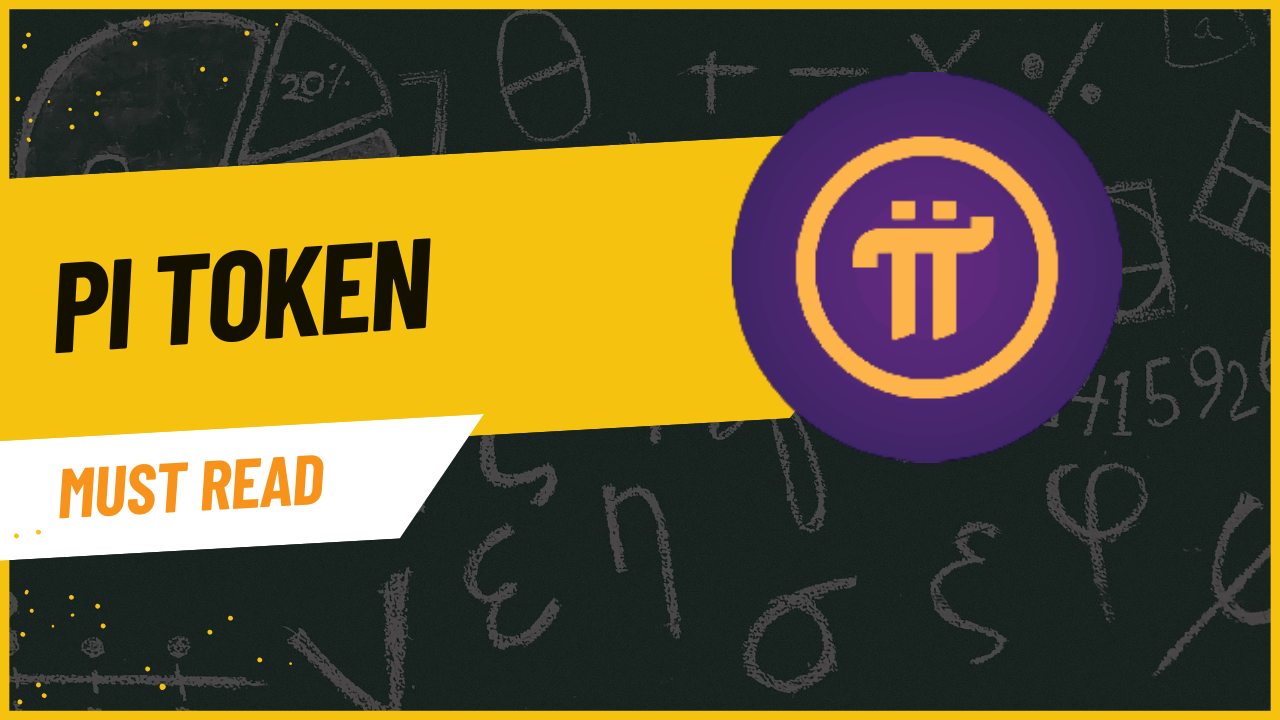There are no items in your cart
Add More
Add More
| Item Details | Price | ||
|---|---|---|---|

"Pi’s future depends on real adoption and full decentralization. If it succeeds, it could become a major player in crypto !
Pi Network launched as a mobile-friendly cryptocurrency for mass adoption. Unlike Bitcoin, which needs costly mining rigs, Pi mining runs on smartphones with low energy use. Now that the Open Mainnet is live, what’s next for its price and usability? Let’s find out!

Pi does not use traditional mining. Instead, it relies on the Stellar Consensus Protocol (SCP), where users confirm transactions through trust Users instead of solving complex puzzles(POW).
📱 Pi mobile "mining" is not real mining.
🚀 It’s a reward system for active users and doesn’t contribute to PI blockchain validation.
🖥️ Only Pi desktop nodes (if team approved) can validate transactions.
✅ No high energy costs
✅ No expensive mining rigs needed
⚠️ Still Nodes controlled by Pi Core Team (not fully decentralized yet)
While the system is energy-efficient, full decentralization is not yet achieved, which raises concerns

Pi Network recently launched its Open Mainnet (February 20, 2025), making its blockchain publicly accessible.How to Verify Pi Transactions?
🔹 Official Pi Block Explorer
🔹 Third-party tools like ExplorePi#Total supply - 100 billion Pi coins (PI)
#self-reported circulating supply - about 6.41 billion PI.
The distribution of the total supply is allocated as follows:
There is no fixed timeline for when all 100 billion PI will be fully released into circulation. However, here’s what we know:
✅ Pros:
✔️ Easy mining
✔️ Open Mainnet live & accessible
✔️ Real-world transaction potential
⚠️ Challenges:
❌ Not fully decentralized yet
❌ Exchange listings still new
❌ Security Audit (phishing, fake wallets)
🔹 Pi Network is progressing but is not yet fully decentralized.
🔹 Most validator nodes are still controlled by the Core Team.
🔹 No full independent audit has been conducted yet.
🔹 Trust in the network relies heavily on the Core Team’s transparency.

What Needs to Happen for Full Transparency?
For Pi Network to be truly transparent and decentralized, it needs to:✅ Allow anyone to run a validator node without approval
✅ Release a public report on node distribution
✅ Undergo a third-party security audit (There has not been a transparent, third-party audit of Pi Network's blockchain, smart contracts, or security mechanisms.)
✅ Make governance community-driven (like Ethereum Improvement Proposals)Until these steps are completed, Pi Network is only partially transparent and still depends heavily on the Core Team’s control.Its not good for this ecosystem

🔹 If adoption grows& fully decentralized (more businesses accept Pi), the price could rise (Above chart prediction)
🔹 If Pi remains centralized and slow to develop, the price may stay more low(Dump hard)

CryptoMachan
Trader